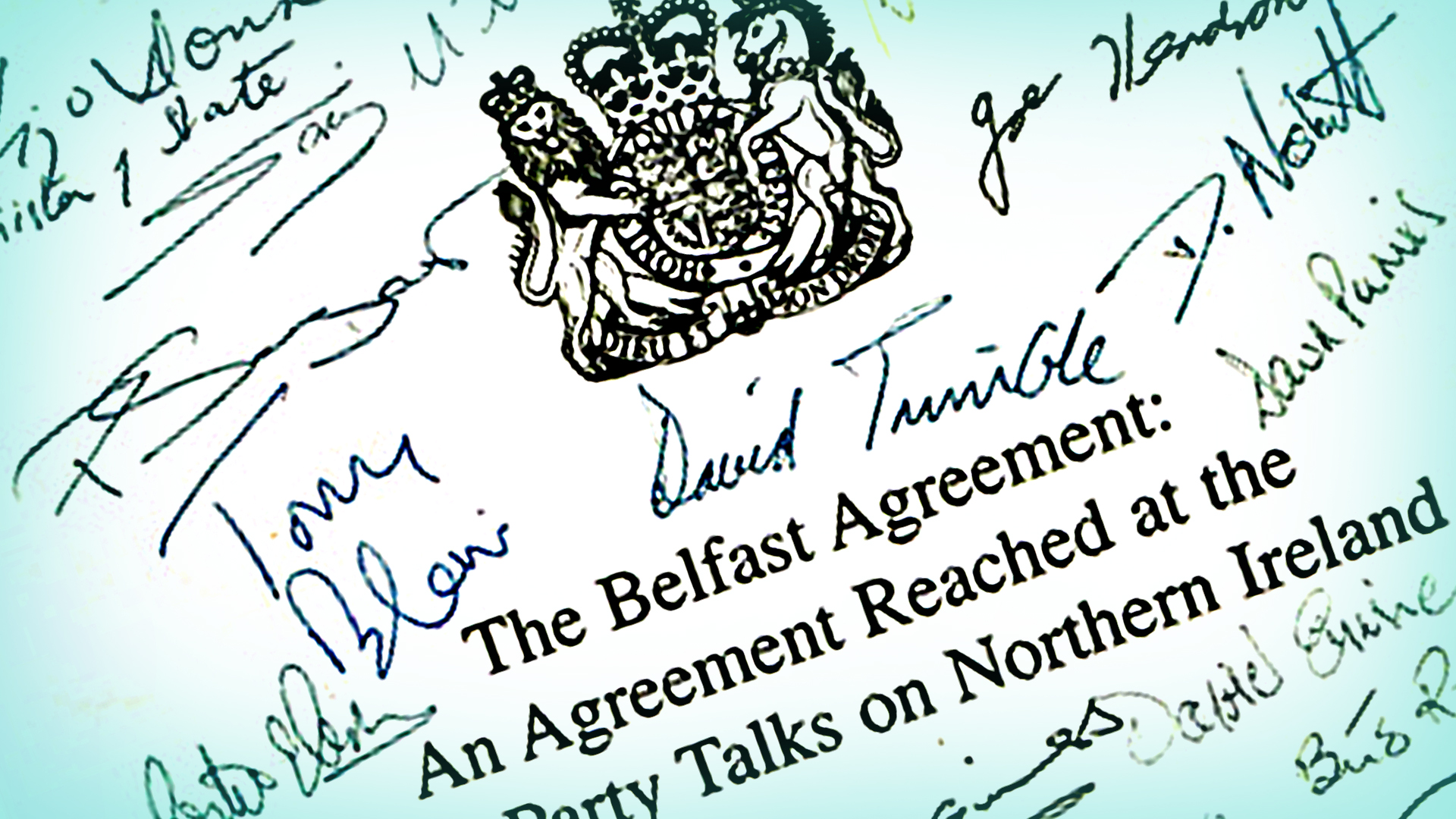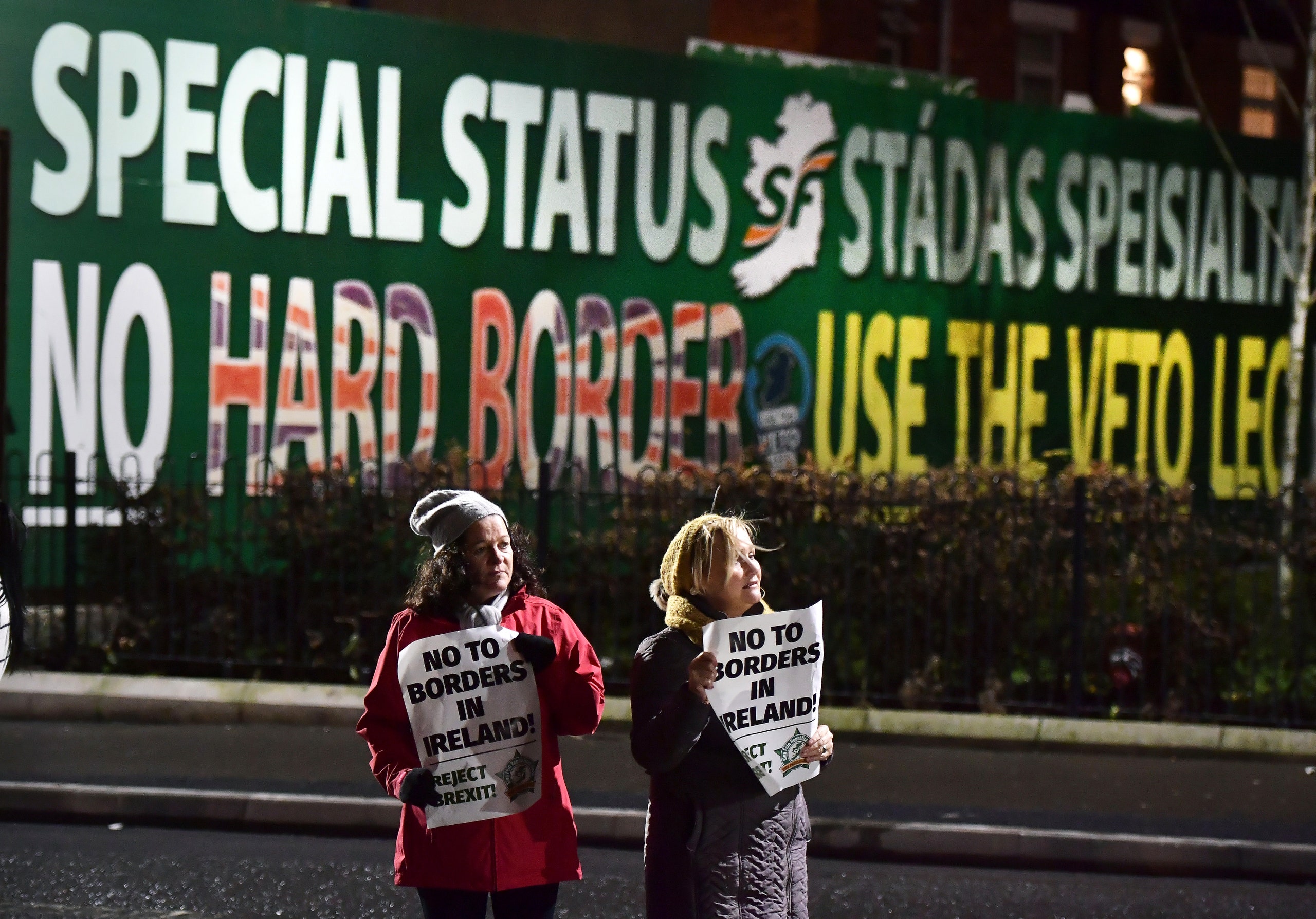Author: Reşit Özmen – 29.04.2021 A Brief History of the Troubles In the 1960s, Catholic Irish living in the North held large protests and re-established the IRA in order to leave the UK and establish a unified Irish state. Several events in that period, including the formation of the modern Ulster Volunteer Force in 1966, the civil rights march in Derry on 5 October 1968, the beginning of the 'Battle of the Bogside' on 12 August 1969, and the deployment of British troops on 14 August 1969 were critical in stoking the protests and the ensuing violence. In 1972, the death of 14 people in the city of Londonderry has gone down in history as "Bloody Sunday". In the same year, a British military personnel and a number of civilians were killed in 21 bombings that were detonated simultaneously by the IRA in Belfast. In the following decades violent incidents continued, causing the death of scores of civilians. Where to now? There are different takes on the issue, i.e. as to why these protests started and why they have been going on for so long. While it is difficult to pinpoint with any certainty the causes of the protests, there are nonetheless two issues that are generally focused on. First relates to the domestic dynamics in Northern İreland, in which the Northern Ireland police is blamed for not interfering when the leaders of the Sinn Fein party attended the funeral of the republican Bobby Storey last summer (with 2,000 mourners) despite Covid restrictions and the decision of the prosecutor's office not to charge anyone. And the second dynamic relates to the uncertainty created by Britain's Brexit Agreement with the EU for the future of the region. The Northern Ireland protocol, which was adopted with the Brexit agreement, created a de facto maritime border between England and Northern Ireland, causing delays and disruptions in the circulation of some goods. The Unionists worry that this will eventually prepare Northern Ireland's de facto separation from Britain. This is no surprise since the Good Friday Agreement peace deal in Northern Ireland came after a long chaos and violence that left communities scarred and the parties want to maintain the peace. The events nonetheless show us how precarious the situation remains and that such conflicts depend on ongoing efforts not only at the political level but also at the grassroots level to ensure progression from conflict resolution to conflict transformation. For Northern Ireland, it seems that there is still much to be done.

When we think of sectarian conflicts, we usually think of the Middle East, but there is a Protestant-Catholic schism in Britain, which has a history of almost 400 years. Marred with much violence and dramatic events, the so-called “Troubles” or the Northern Ireland conflict entered a period of peace with the signing of the Good Friday Agreement in 1988. However, the protests that erupted in Belfast at the end of March have once again raised concerns that the ongoing peace faces being disrupted. The protests which saw police officers injured, buses set on fire and scores arrested has once again brought the issue under international attention and scrutiny.
The historical roots of the Troubles lie in the early 17th century when English and Scottish settlers arrived in Ireland, which the native Catholics saw as a threat to their religious and political autonomy. At the turn of the twentieth century, as a result of the armed struggle of the IRA (Irish Republican Army) established in Dublin in 1916, an independent Irish Republic was established in the south of the island in 1922. Northern Ireland, on the other hand, continued to remain under British rule with the Anglo Irish Treaty of 1921.
Tony Blair's appointment as British Prime Minister in 1997 was one of the turning points in resolving the Northern Ireland conflict. Unlike the previous government, Blair met with Gerry Adams, the leader of the nationalist Sinn Fein, without any preconditions, and this in turn secured the participation of what was known at that time as the IRA's "legal arm" in the peace process. On April 10, 1988, the Belfast Agreement or otherwise known as the Good Friday Agreement was signed, and in a referendum held a month later, 71 percent of the electorate supported the agreement. According to the agreement, the IRA agreed to lay down their arms, while Britain agreed to release the IRA prisoners, withdraw its troops from Northern Ireland, and paved the way for Northern Ireland’ devolution.
It is possible to say that the Good Friday Agreement signed in 1988 has been relatively successful in ending the Northern Ireland conflict and in keeping the peace ever since. However, the recent protests in Belfast have created fears that the peace will be disrupted. The alarm was raised by several observers including The New York Times in an article published on April 12, titled "The Ghosts of Northern Ireland's Troubles Are Back".
The protests initiated by those who favour Northern Ireland being part of the UK have been reminiscent of the past and were quickly condemned by politicians from all fronts. The British Prime Minister Boris Johnson condemned what happened in his Twitter post and said, "The way to resolve differences is through dialogue, not violence or criminality." The White House too expressed concern. In a statement, the US president's press secretary, Jen Psaki underlined that the US was deeply concerned by the violence in Northern Ireland and that President Biden remained “steadfast” in his support for a “secure and prosperous Northern Ireland in which all communities have a voice and enjoy the gains of the hard-won peace ”. The government and other parties in Northern Ireland likewise called for the violent protests to stop as soon as possible in order to allow genuine dialogue.
Preserving and Sustaining Peace in Northern Ireland